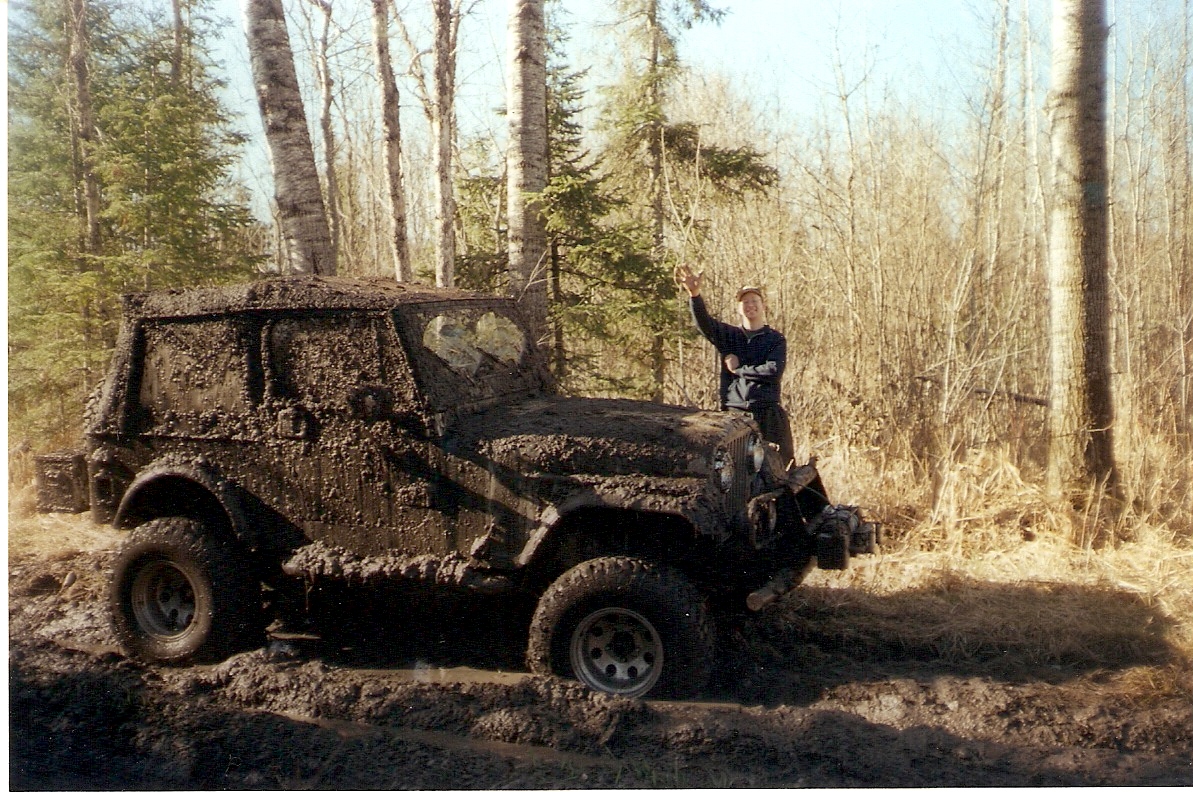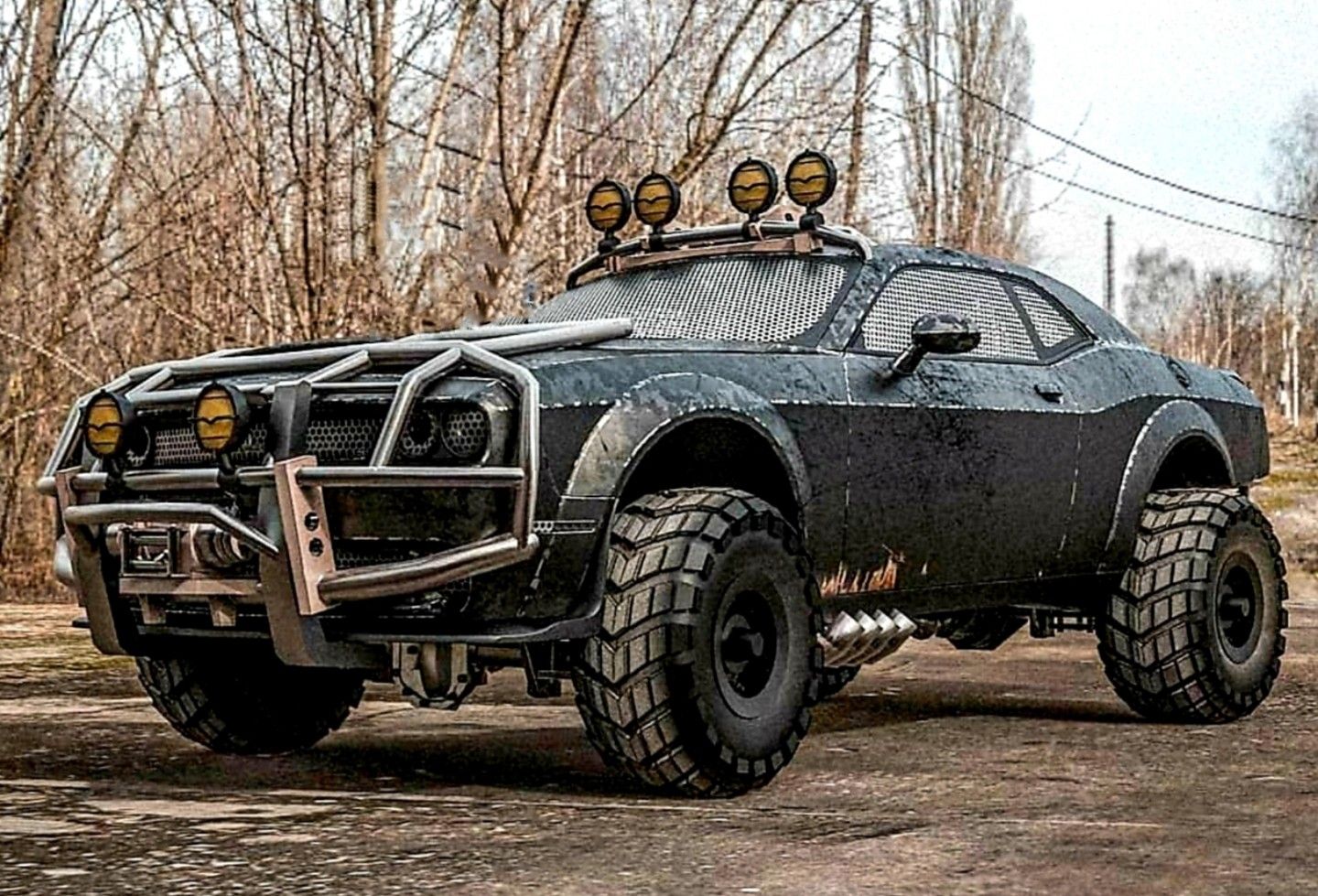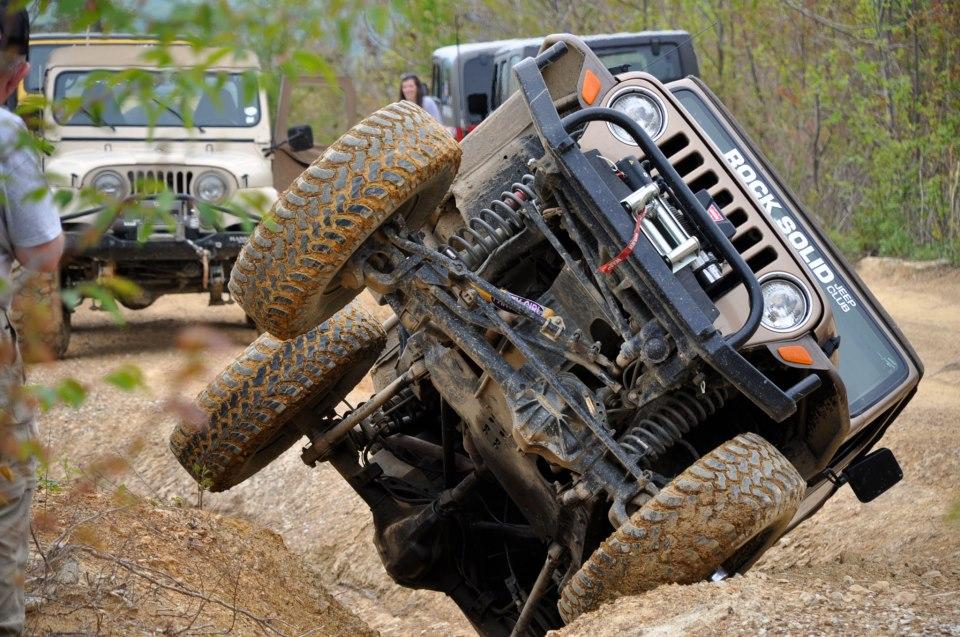
Welcome to the Sanderson Auto Repair Off-Road BLOG! This fun new BLOG will focus on all aspects of the off-road industry. Including trail riding, exploring, trail repair, vehicle building, trail recovery, and general outdoor fun. Along the way I will share hard earned knowledge and maybe tell some stories for your enjoyment. Follow along as we delve into the world of off-road adventuring.
The Most Profound Off-Road Vehicle Modification!
What does this title make you think of? Maybe some big tires or a lift kit? How about a winch, or lockers, big bumpers, lights, seats, recovery gear, or a buddy with a tow rope? Nope, none of the above! The most profound improvement you can make to your vehicle when you go off road is lowering your tire pressure! Really?! Yes, it sounds simple and way too cheap but it’s true! The difference between tires at street pressure, 35 PSI and up, and trail pressures, 15 PSI and down, is dramatic. Check out the key reasons why it is so important.

Pros of Decreased Air Pressure for Trail Driving:
- Increased traction. As the tire pressure decreases, the footprint of the tire increases and gets longer and wider. Allowing more tread surface to contact the ground, which increases traction.
- Better floatation. When the tire pressure is lowered and as the footprint increases, the weight of the vehicle is spread out over a larger area. Which allows the vehicle to “float” better over soft terrain. Picture it this way, if you balance a five-pound weight on top of a vertical pencil, the five pounds would be spread over the small area where the eraser contacts the table. Now, balance the same five-pound weight on top of an inflated ballon, the five pounds is spread over a much larger area. If you placed your finger under the ballon, you would hardly feel the weight. The pencil would be just the opposite.
- Improved ride quality. Lower tire pressure allows the tire to flex and envelope trail obstacles. Allowing for increased traction and improved ride quality.
- Puncture resistance. With less pressure pushing back on the tire, the tire forms around trail obstacles, reducing the likelihood of tire punctures.
- Enhanced climbing ability. Tires that conform to trail obstacles grip the terrain better. Allowing the tire to climb better than tires at street pressure.
- Time and money. Although it does take additional time to stop and air down your tires before you hit the trail, you end up saving time and money by dealing with less tire damage and traction problems while you’re on the trail.

Cons:
- Tire bead/wheel separation. Tire pressure holds the tire bead against the wheel lip providing an air seal. At low tire pressures the tire bead can be pushed off the wheel lip, which results in total air loss and a flat tire. With the proper equipment, the tire can be easily reinflated, but without a jack and compressed air source you will be forced to install your spare tire. Beadlock wheels, which clamp the outer tire bead to the wheel, are used to eliminate this problem.
- Less ground clearance. As the tire pressure is decreased and the tire widens out, the distance from the ground to the lowest point of your vehicle also decreases. It is usually a minimal loss of ground clearance, but it is worth noting. Usually, the improvements in traction outweigh the loss of ground clearance.
- Reinflating tires. After completing your trail adventuring, you will need a way to inflate your tires back up to street pressure, as indicated on the door placard. Driving your vehicle on the street with low tire pressures can lead to tire failure and unsafe handling characteristics. Always take the time to air up before driving at speeds higher than 20 MPH.
How low should you go?
Great question! It depends on a few factors like terrain type, wheel design, vehicle weight, and onboard equipment. Standard wheels limit how low you can go before you run the risk of tire bead to wheel separation. If your vehicle is loaded down or heavy, say over 7000 pounds, the tire pressure needs to be a bit higher to keep the tires on the wheels and prevent the wheel from contacting trail obstacles. Generally, start a little higher on the pressure and adjust as needed by the terrain you are driving and your vehicle characteristics. If you have a jack and pressurized air source on your vehicle, you can get to the lower, single digit, trail pressures for improved performance. Let’s touch on the different terrain types for some general recommended trail pressures that have worked best in my experience.
Mud – 10-15 PSI with standard wheels. 6-8 PSI with beadlock wheels. 15 PSI minimum with a heavy vehicle. Mud tires work best in this environment.
Sand – 8-10 PSI with standard wheels. 4-8 PSI with beadlock wheels. 13-15 PSI with a heavy vehicle. All terrain tread or worn-out, wide tires work best in soft sand.
Rocks – 10 PSI with standard wheels. 4-8 PSI with beadlock wheels. 13-15 PSI with a heavy vehicle. Tires with big, alternating block tread work great. “Sticky” tread compound tires work even better.
Forest Roads (Mixed Trails) - 10-15 PSI with standard wheels. 6-12 PSI with beadlock wheels. 15 PSI minimum with a heavy vehicle. Mud tires and aggressive all-terrain tires work best in this environment.
Snow - 4-10 PSI with standard wheels. 3-6 PSI with beadlock wheels. 6-13 PSI with a heavy vehicle. All terrain tread, all season tread, or worn-out tires with heavy siping work best in snow. The more edges that contact the snow the better. Snow can vary greatly depending on the condition of the snow. To float on top of the snow, very low pressures with a big footprint are needed. Be careful not to spin your tires. The idea is to pack the snow down.
Side hills or off camber trails – If you are driving trails on the side of a hill or the vehicle is off camber, and the weight of the vehicle is on one or two tires, you run a much higher risk of separating a tire from the wheel, causing a flat. In these situations, keep all non-beadlock wheels above 15 PSI for best results.

Final thoughts
Overall, in my experience, decreasing your tire pressures for trail driving vastly outweighs the negative aspects of airing down. A four-wheel drive vehicle with good all-terrain or mud tires, properly aired down, will surprise most people where you can drive them in stock form. It is also one of the easiest and cheapest modifications you can make to your vehicle and a great place to start when getting into trail adventuring.
Aaron Bjorklund